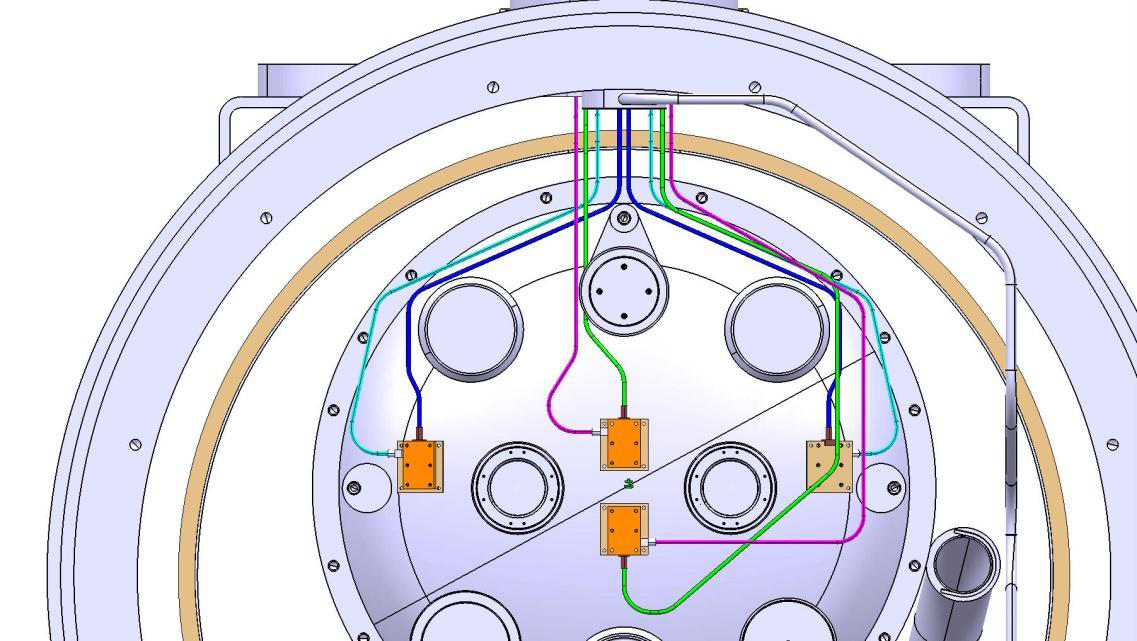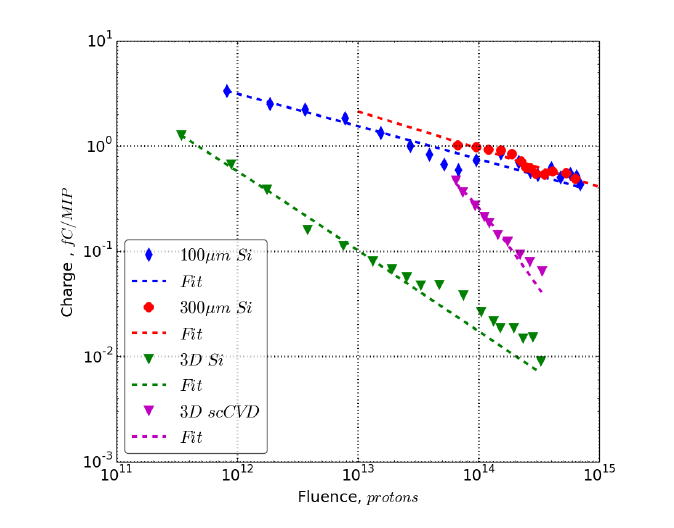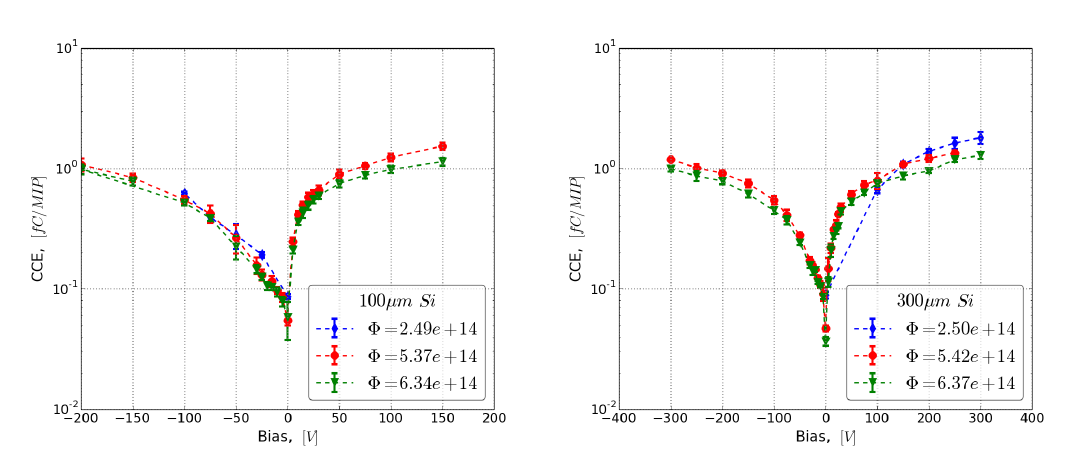CERN
Cryogenic Beam Loss Monitors for the HL-LHC
The Beam Loss Monitoring system of the Large Hadron Collider is responsible for the protection of the machine from damage and for the prevention of a magnet quench. Near the interaction points of the LHC, in the triplet magnets area, the BLMs are sensitive to the collision debris, limiting their ability to distinguish beam loss signal from signal caused due to the collision products.
Placing silicon & diamond detectors inside the cold mass of the magnets, in liquid helium temperatures, would provide significant improvement to the precision of the measurement of the energy deposition in the superconducting coil of the magnet. To further study the signal formation and the shape of the transient current pulses of the aforementioned detectors in cryogenic temperatures, a simulation application has been developed. The application provides a fast way of determining the electric field components inside the detectors bulk and then introduces an initial charge distribution based on the properties of the radiation. Subsequently, charge transport and trapping phenomena are being simulated and the final induced current is calculated based on the Shockley-Ramo theorem.
Finally, to test the radiation hardness of the silicon and diamond detectors, an irradiation test has been conducted on the IRRAD facility of the PS East Area. The irradiated samples were two silicon pad diodes with thickness of 100 µm & 300 µm, a 300 µm 3D silicon and a 500 µm 3D single-crystal diamond. For that purpose, an client application for the BLEDP stand-alone data acquisition system has been developed. The application has been designed to collect, store, display and additionally do offline analysis on the acquired data.
After the completion of the test, approximately 28.000 signals have been recorder for each device reaching a maximum fluence of 2.834 . 10^15 protons/cm2. The collected data provide useful information on the detectors signal response and charge collection efficiency degradation presented in this work and form a solid base for further investigation.



Below a demo for D3.js (source):
